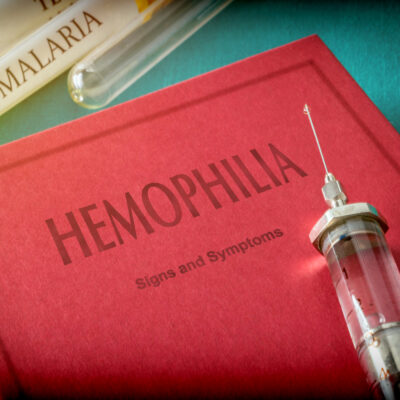
Health
Risk Factors and Prevention Methods for Ovarian Cancer
Ovarian cancer is difficult to detect and spreads quicker than any other form of cancer to affect the female reproductive system. Most often it is not detected until it has spread in the pelvis and abdomen. At this stage, it is not only difficult to treat but can also be fatal. We have discussed here a few of the risk factors and prevention tips for ovarian cancer. Risk factors In this article on the risk factors and prevention tips for ovarian cancer, let us first take a look at the factors that increase the chances of developing ovarian cancer. Age – This cancer is commonly diagnosed in women between the ages of 50 and 60. Also, commencing menopause after the age of 52 puts you at a higher risk for ovarian cancer. Family history – If one has a close relative that has been diagnosed with ovarian cancer, their chances of developing it increases. Genetic mutations – Women who have had breast cancer or are susceptible to developing breast cancer through changes in the BRCA1 and BRCA2 genes, or those with Lynch syndrome could also develop ovarian cancer. One could also develop ovarian cancer if they have had any other form of cancer such as cervical cancer or melanoma.
Read More 















